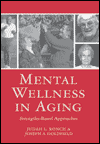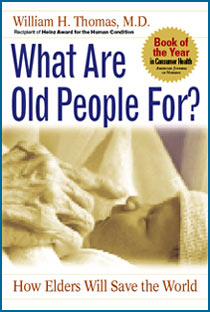![]()
Search
Recent Posts
- ChangingAging.org Redesign -- Please Bookmark!
- Disaster in Buffalo
- Power Up Friday
- Blanchard WinsDays
- Kevin Frick writes...
- Monkhouse Monday
- Getting Closer!
- Blanchard WinsDays
- Power Up Friday
- My Pick for Health and Human Services
- Understanding Health Care Reform
- Facts Are Stubborn Things: Social Security Edition
- Monkhouse Monday
- Localism is Coming
- Krugman Can't Wait...
Recent Comments
Category Archives
- AGING 100
- Aging
- Culture
- Dementia
- Eden Alternative
- Erickson School
- Green House
- Health Policy
- Longevity
- Media
- Rockets
Monthly Archives
- February 2009
- January 2009
- December 2008
- November 2008
- October 2008
- September 2008
- August 2008
- July 2008
- June 2008
- May 2008
- April 2008
- March 2008
- February 2008
- January 2008
- December 2007
- November 2007
- October 2007
- September 2007
- August 2007
 Subscribe to this blog's feed
Subscribe to this blog's feed
Announcements

Blog Data
« Ten Percent | Main | Naming the Baby Boom »
April 23, 2008 |Permalink |Comments (0)
Not So Old Ladies
Your health care system is run for profit, results--- not so much. Seriously, this is not a story about how we are worse off than Britain or France or Canada or Cuba, this is a story about an absolute decline in lifespan for women in 1,000 American counties.
Something is going terribly wrong.
Longevity for women is falling in the USA.
For the first time since the Spanish influenza of 1918, life expectancy is falling for a significant number of American women.
In nearly 1,000 counties that together are home to about 12 percent of the nation's women, life expectancy is now shorter than it was in the early 1980s, according to a study published today.
The downward trend is evident in places in the Deep South, Appalachia, the lower Midwest and in one county in Maine. It is not limited to one race or ethnicity but it is more common in rural and low-income areas. The most dramatic change occurred in two areas in southwestern Virginia (Radford City and Pulaski County), where women's life expectancy has decreased by more than five years since 1983.
The trend appears to be driven by increases in death from diabetes, lung cancer, emphysema and kidney failure. It reflects the long-term consequences of smoking, a habit that women took up in large numbers decades after men did, and the slowing of the historic decline in heart disease deaths.
The WaPo has the rest here














